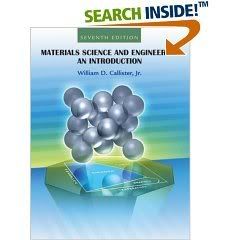A Modern Introduction to Differential Equations Second Edition

Henry J. Ricardo “A Modern Introduction to Differential Equations Second Edition”
March 2009 | English | ISBN-13: 978-0-12-374746-4 | 535 Pages | PDF | 6.05 MB
A Modern Introduction to Differential Equations presents a solid yet highly accessible introduction to differential equations, developing the concepts from a dynamical systems perspective and employing technology to treat topics graphically, numerically and analytically. This text is designed to be appropriate for a side variety of students and exists as natural successor to any modern calculus sequence
[Devamini Okuyun…]








